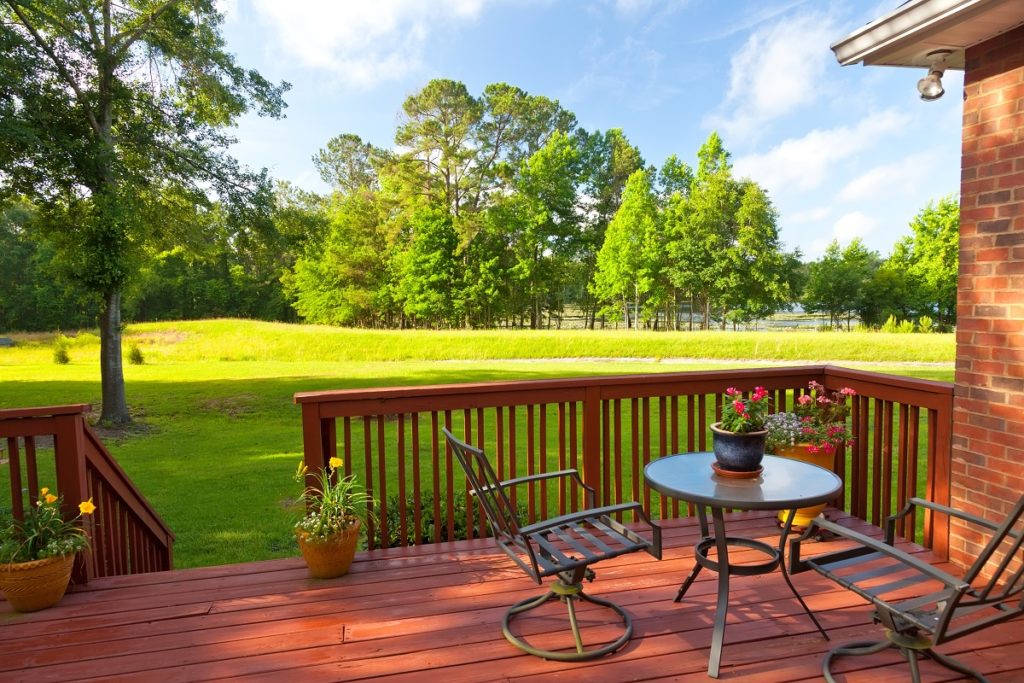- Energy-efficient appliances and sustainable materials reduce both the cost and environmental impact of your household operations.
- Installing low-flow fixtures and adopting energy-conservative habits significantly lessen water and energy consumption.
- Constructing a sustainable garden with native plants and natural pest control methods enhances local ecology.
- Transitioning to an eco-friendly home is a gradual, affordable process that benefits both homeowners and the environment.
As a homeowner, you strive for a place that you can call home. A place where you can feel comfortable and secure. However, it’s also essential that you make a conscious effort to reduce your carbon footprint and protect your planet. So, why not start by making your home more eco-friendly? Making small changes in your household can make a massive impact on the environment. Here are a few tips for making your home more eco-friendly.
Use Energy-Efficient Appliances
Using energy-efficient appliances saves you money in the long run and conserves energy. When purchasing appliances such as refrigerators and washing machines, look for the Energy Star label, which indicates that the product meets energy-efficient standards set by the Environmental Protection Agency. Additionally, look for appliances with an LED display as they are more efficient than traditional ones.
Choose Sustainable Materials

Opt for sustainable materials when remodeling your home or replacing furniture. Eco-friendly materials such as bamboo, recycled glass, and reclaimed wood reduce the carbon footprint created during the manufacturing process. Additionally, they are durable and visually appealing. You can also use recycled fabrics to create curtains, cushions, and rugs.
Install Low-Flow Fixtures
Installing low-flow fixtures in your home can significantly reduce water usage. Low-flow fixtures, such as faucets, showerheads, and toilets, use less water than traditional fixtures. By installing them, you can lower water usage while still maintaining the functionality of your fixtures. You can also consider installing rainwater harvesting systems to collect water runoff for garden use.
Conserve Energy
Homeowners can reduce energy consumption by making small adjustments to their habits. Turn off the lights when leaving the room, unplug appliances when not in use, and use natural lighting when possible.
These minor changes are easy to implement and can lead to a noticeable reduction in energy consumption. You can also use LED lightbulbs and install programmable thermostats to control the temperature within your home.
Create a Beautiful Garden
Creating a garden is an excellent way to make your home more eco-friendly and add some greenery to the landscape. However, creating a garden can be a big undertaking for many homeowners. To ensure you get this right the first time, here are the things you need to do:
Choose the right plants.

Select native plants that are well-suited to your environment. Native plants need less water and fertilizer, making them a more sustainable choice. You can also add a few trees, which will help reduce the carbon dioxide in the atmosphere.
Add compost and mulch.
Compost enriches the soil with essential nutrients, making it healthier for your plants. Mulch is also beneficial as it helps retain moisture in the soil while suppressing weed growth. Both of these will help your garden thrive.
Use natural pest control.
Avoid using harsh chemicals to get rid of pests in your garden. Instead, opt for natural methods such as introducing beneficial insects and planting companion vegetables. These organic methods are much more eco-friendly than chemical alternatives.
Collect rainwater.
One of the best ways to save water is to collect rainwater and use it to water your plants. By collecting rainwater, you can significantly reduce your water usage and contribute to conserving this precious resource.
Have raised garden beds.
Raised garden beds have several benefits. They help to improve drainage and soil aeration, making your plants healthier. Raised beds are also more efficient as you don’t need to walk around them when weeding or harvesting. You can purchase raised garden beds online instead of building them yourself to make the process easier. Choose ones made from durable materials like metal to ensure they last for years to come.
By taking the right steps in creating a beautiful garden, you can make your home more eco-friendly while still enjoying the benefits of gardening.
Creating an eco-friendly home is more than just a trend; it’s a lifestyle choice that benefits both you and the planet. By adopting these tips, you can decrease your carbon footprint, conserve much-needed resources, and create a healthier living environment. The transition to a more eco-friendly home needn’t be overwhelming or expensive.
Start by taking small steps and gradually incorporate more changes over time. Remember, every effort counts and contributes to a greener, more sustainable future. Make the change today, and experience the satisfaction of creating a home that is not only comfortable and welcoming but also protects and preserves the environment.


